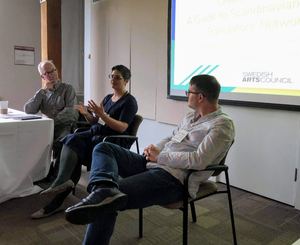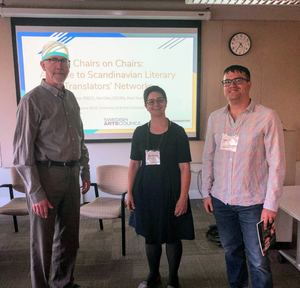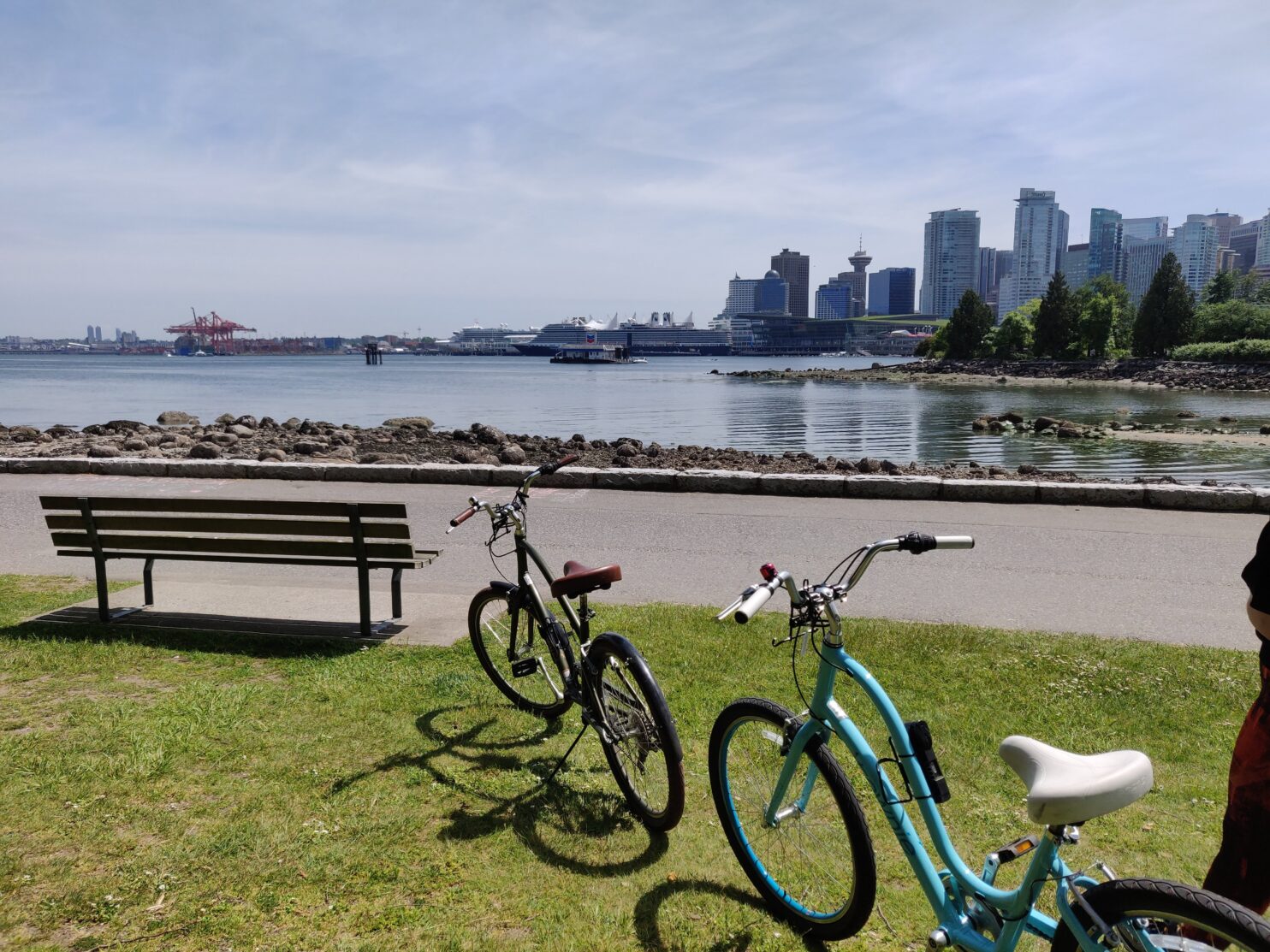July 27, 2019
The Symbiotic Relationship between Editor and Translator
In June 2019, SELTA member Tom Ellett attended a workshop run by the Association of Danish-English Literary Translators (DELT).
DELT, the recently formed association for Danish to English literary translators, organised a very successful (and welcome) event in Scotland in late June. Sponsored by the Danish Arts Foundation, the event took place at the University of Edinburgh and was hosted by the Scandinavian Studies section of the Department of European Languages and Cultures.
As professional development opportunities for Scandinavian translators are a rare occurrence north of the Border, I was sorry that a prior engagement prevented me from attending the first part of the event, a hands-on translation and editing workshop. By all accounts, this seems to have been a fascinating and productive experience, even for translators working mainly from Swedish and Norwegian rather than Danish.
I made it to Edinburgh in time for the second part of the event, a panel discussion on the symbiotic relationship between editors and translators. The proceedings were ably chaired by Kari Dickson, a prolific Norwegian to English translator based in Edinburgh, and there were three panel members: James Robertson, a Scots author, translator and publisher; Carolina Orloff, founder and editor of Charco Press, an Edinburgh publisher specialising in translations of Latin American literature; and Daniel Hahn, a writer, editor, translator from Portuguese, Spanish and French, and former chair of the Society of Authors and the Translators Association.
Kari Dickson got the discussion under way by noting that she loves both editing and being edited. The panel members agreed that they had learned from being on both sides of the editing process – both from having a fresh pair of eyes review their own work, and from editing the work of other translators and seeing how they had tackled various challenges.
Editor as beta tester
The consensus was that good editors do not try to impose their own style on the translation, by rewriting every sentence as they would have translated it, but make only those changes that are strictly necessary to eliminate errors and infelicities. Daniel Hahn drew a memorable analogy with the software development business, describing the editor as a ‘beta reader’. One of the best editors he had worked with had once told him (and I paraphrase): ‘All I’m saying is that I noticed this, and this, and this … and if I noticed these things, the chances are that other readers will too.’
A regular collaboration arrangement where two translators working in the same language pair review and edit each other’s work is perhaps the gold standard. James Robertson cited the example of his partnership with Matthew Fitt, his co-founder at Itchy Coo, an imprint publishing books in Scots for children and young adults. James considered himself prone to taking excessive liberties with the source text, which would be reined in by Matthew at the editing stage. Conversely, when Matthew as translator had taken an overly conservative approach, James as editor would encourage him to think outside the box.
#NameTheEditor
Carolina Orloff remarked that editors were the invisible, unsung heroes of the publishing business. While translators as a profession had managed to win greater recognition for their work in recent years, it was still rare for editors to be credited. Daniel Hahn said this was why the TA First Translation Prize, which he had established in 2017, was to be shared between the translator and their editor.
On the perennial question of whether the editor needs to know the source language, the panellists’ opinions and experiences varied. Bilingual editors were naturally more likely to pick up on any misunderstandings of the source text, but might be more inclined to unnecessary rewriting to make the translation more ‘faithful’. Monolingual editors, focused wholly on the reader’s experience in the target language, might be more alert to infelicities resulting from source language interference.
In an amusing digression on the subject of editors’ foreign language skills, James Robertson mentioned that commissioning editors and rights agents from other European countries tended to be more receptive than their English colleagues to the idea of publishing translations into Scots – perhaps because they had encountered other examples of closely related but distinct languages in regions such as Scandinavia and the Iberian peninsula.
Pre-empt questions
Although the panel’s experiences of editing and being edited were generally positive, they also shared a few horror stories. Daniel Hahn said that, when he delivers a translation, he also sends a covering letter or email in which he explains his choice of voice, register and vocabulary, and his approach to any particular challenges the translation has thrown up. This helps to pre-empt some questions and overzealous editing, and may reduce the risk of being paired with an incompatible editor.
After an hour and a half of free-flowing discussion, it was time to vacate the room. The panellists and most of the 35 audience members adjourned to the adjacent hallway for refreshments, networking and more lively conversations about translation and editing.
DELT’s own blog post about the event can be read here.


 The Swedish-Eglish Literary Translators’ Association (SELTA) was founded in the UK in 1982 and has since served the interests of its members – practicing, professional literary translators – as well as promoting Swedish-language literature to the English-speaking world through its house journal Swedish Book Review. Swedish Translators in North America (STiNA) was established in 2004 to represent the interests of literary translators of Swedish working in the USA and Canada. The Association of Danish-English Literary Translators (DELT) is very much the new kid on the (Scandinavian literary translation) block, having been first established as a network in 2014 before forming a full association in 2018. The three organisations come from different backgrounds, but all fulfil important roles in representing Scandinavian literary culture abroad.
The Swedish-Eglish Literary Translators’ Association (SELTA) was founded in the UK in 1982 and has since served the interests of its members – practicing, professional literary translators – as well as promoting Swedish-language literature to the English-speaking world through its house journal Swedish Book Review. Swedish Translators in North America (STiNA) was established in 2004 to represent the interests of literary translators of Swedish working in the USA and Canada. The Association of Danish-English Literary Translators (DELT) is very much the new kid on the (Scandinavian literary translation) block, having been first established as a network in 2014 before forming a full association in 2018. The three organisations come from different backgrounds, but all fulfil important roles in representing Scandinavian literary culture abroad.
